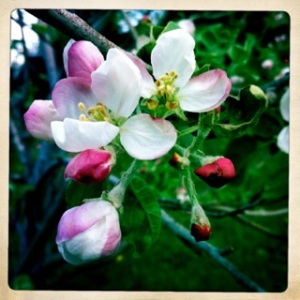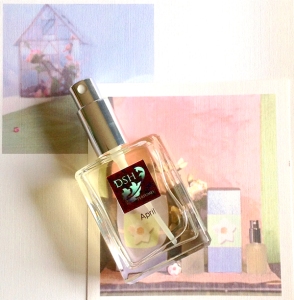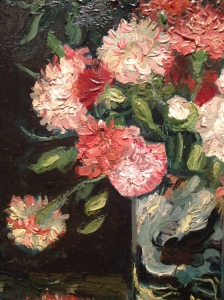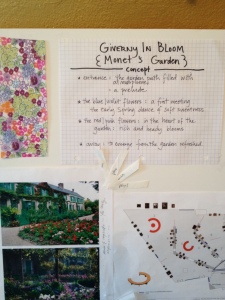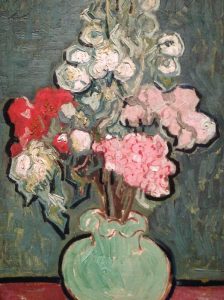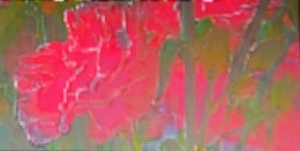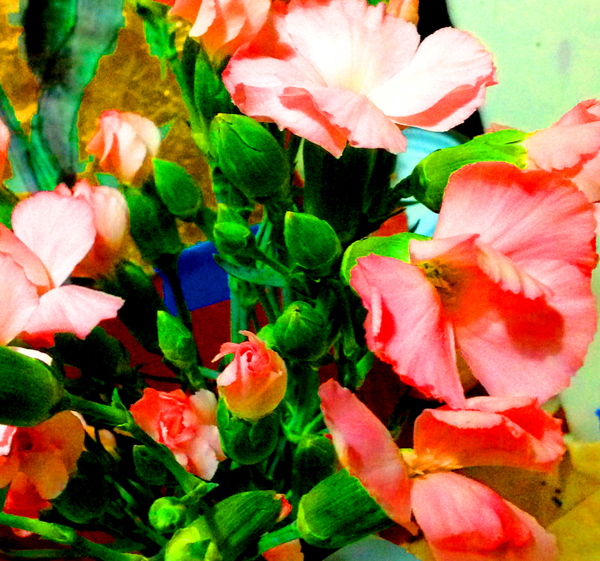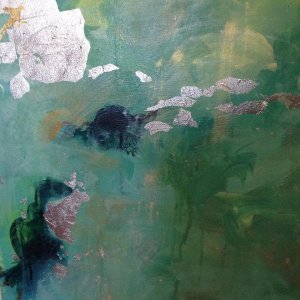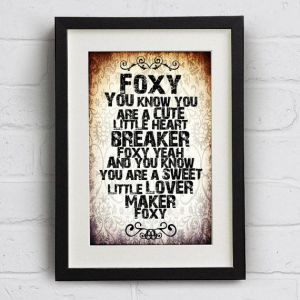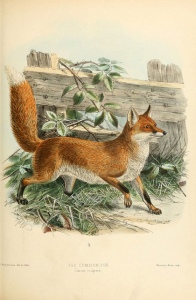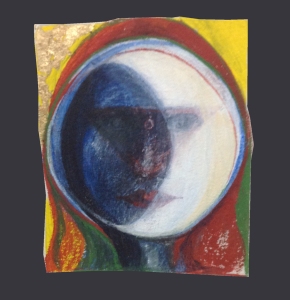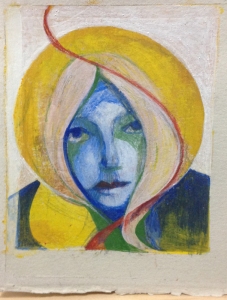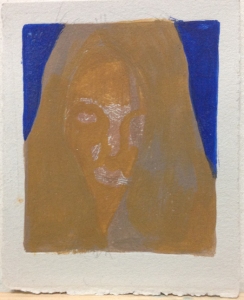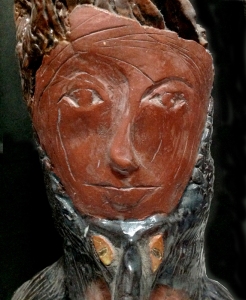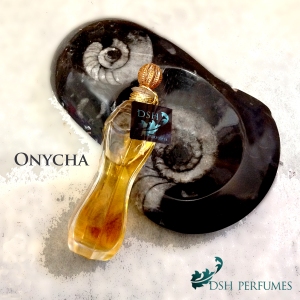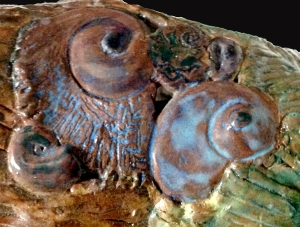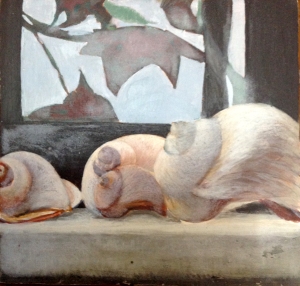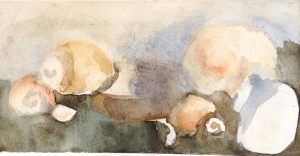Happy May Day everyone! ❤
It seems that May (or Spring, really) brings out some part of me that makes being here in this particular space important. It’s been an incredibly long time since I’ve been here on the blog…but I have been thinking about this space a lot over the past few years wondering how I might re-integrate it into the creative endeavors happening in my studios and on Instagram, in particular. I love the visual extravaganza that Instagram is and its ability to take you into whole worlds, behind the scenes, and everywhere with everyone. It’s immediate and palpable. Really unlike a blog.
The blog somehow feels more intimate and I like that.
The main focus at IG has been the livestreams. If you haven’t popped in to check them out, I invite you to. (Monday afternoons, at slightly variable times from 2:30-4:30 EST at @dshperfumes ). It’s all about sketching out ideas and being interactive as we go. It’s super fun. I can’t tell you how much I love this practice and seeing where these designs go. **I’m all about gathering concepts for the livestreams, too, so if you have some design that you’d like to see worked out, I’d love to know all about it in the comments. Generally, I haven’t released any of the designs for public consumption, except to give some away to lucky winners. Which isn’t to say that no one has wanted them. So, I had an idea: to share a new series of work called “dshnotebook” that would be limited offerings for readers of the blog and our IG family. In the coming weeks and months, I’ll be sharing the interactive work from the livestreams here as well as visual art works that follow, and links to get to the ‘secret doors’ (password protected) at the website to get to the dshnotebook releases. 🙂 Cool, huh? (I’m a huge fan of secret doors and passageways… so this really appeals to me).
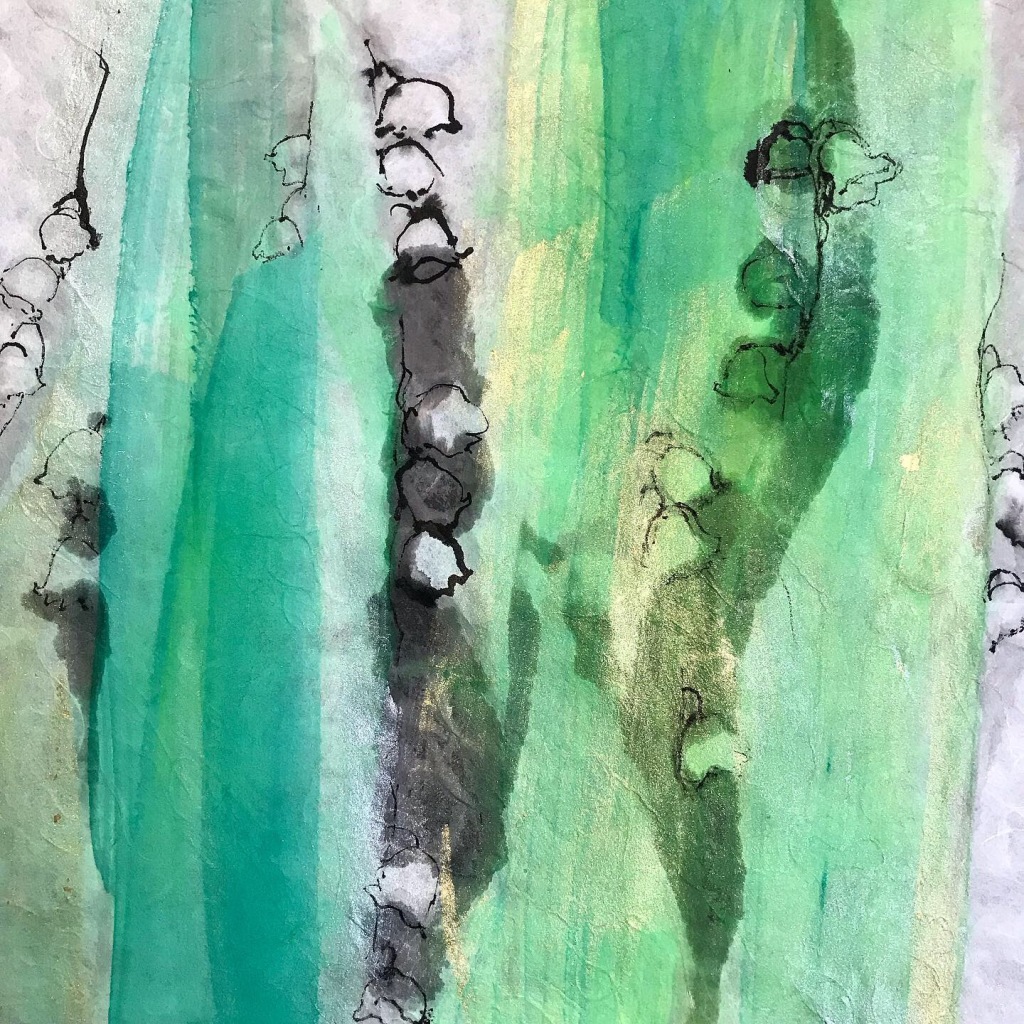
The design that we’ve been sketching in the last 6 livestreams has been about Muguet (or Lily of the Valley). This is how it fits directly into May Day, as it is the custom in France to give a sprig of Muguet to loved ones to wish them happiness and as the official start of Spring. It’s my pleasure to wish you all great happiness (in spite of the current state of the world).
And in so doing, I’ll introduce you to the first release of the dshnotebook series: Mirroirs de Muguet – our modern muguet design that, hopefully, has little reference to the classic / vintage stye lily of the valley perfumes.
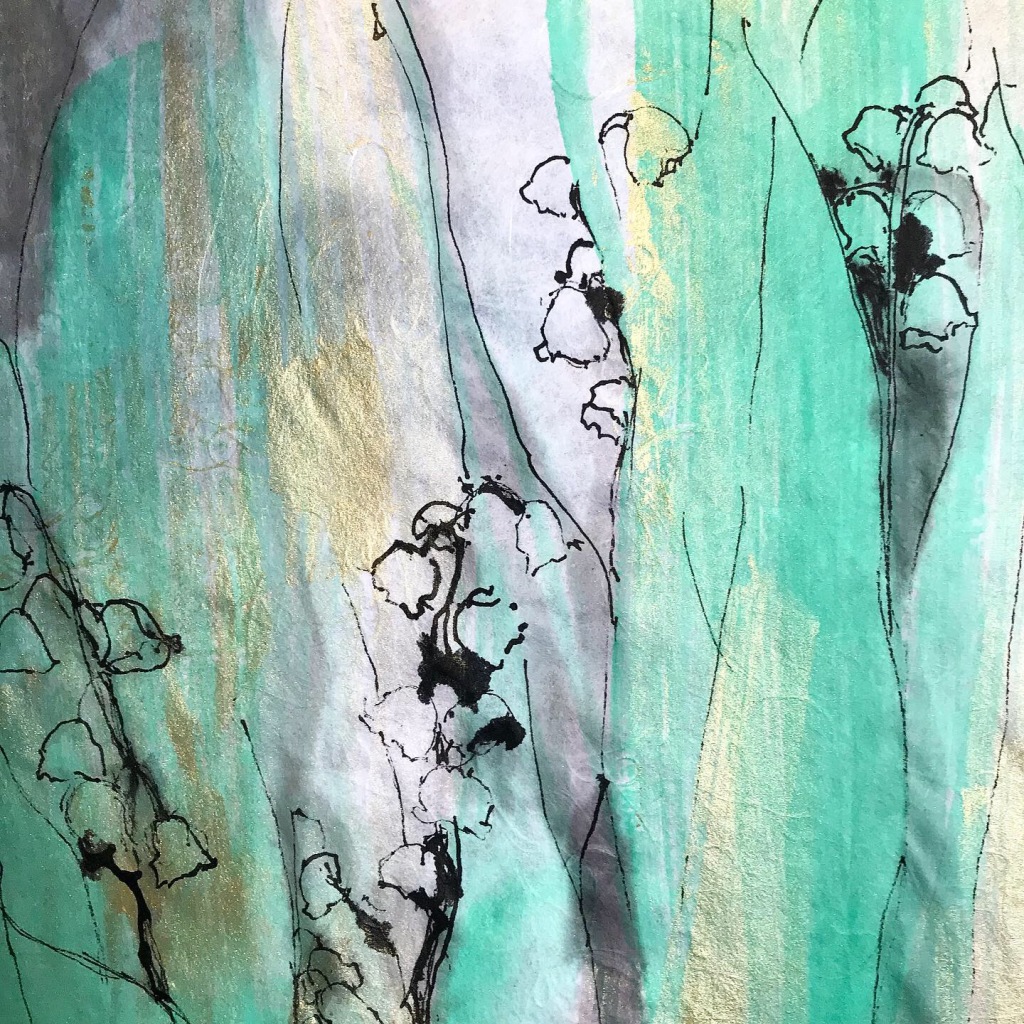
This is the picture that was ‘painted’ in my mind during livestreams: the rain has just left after an early morning shower… a bit of fog is still floating. Droplets of water, like glass beads, cling to the edges of flowers and leaves.
Bits of earth and warm spring sunshine imbue the overall impression. (That is the most naturalistic part of the design). And then this: like that of a futuristic garden, maybe on the top of a skyscraper, where enclosed in glass and chrome sweet lilies of the valley grow and bloom for May Day. The dirt is still there as is the Spring sunshine, even in this space-age setting.
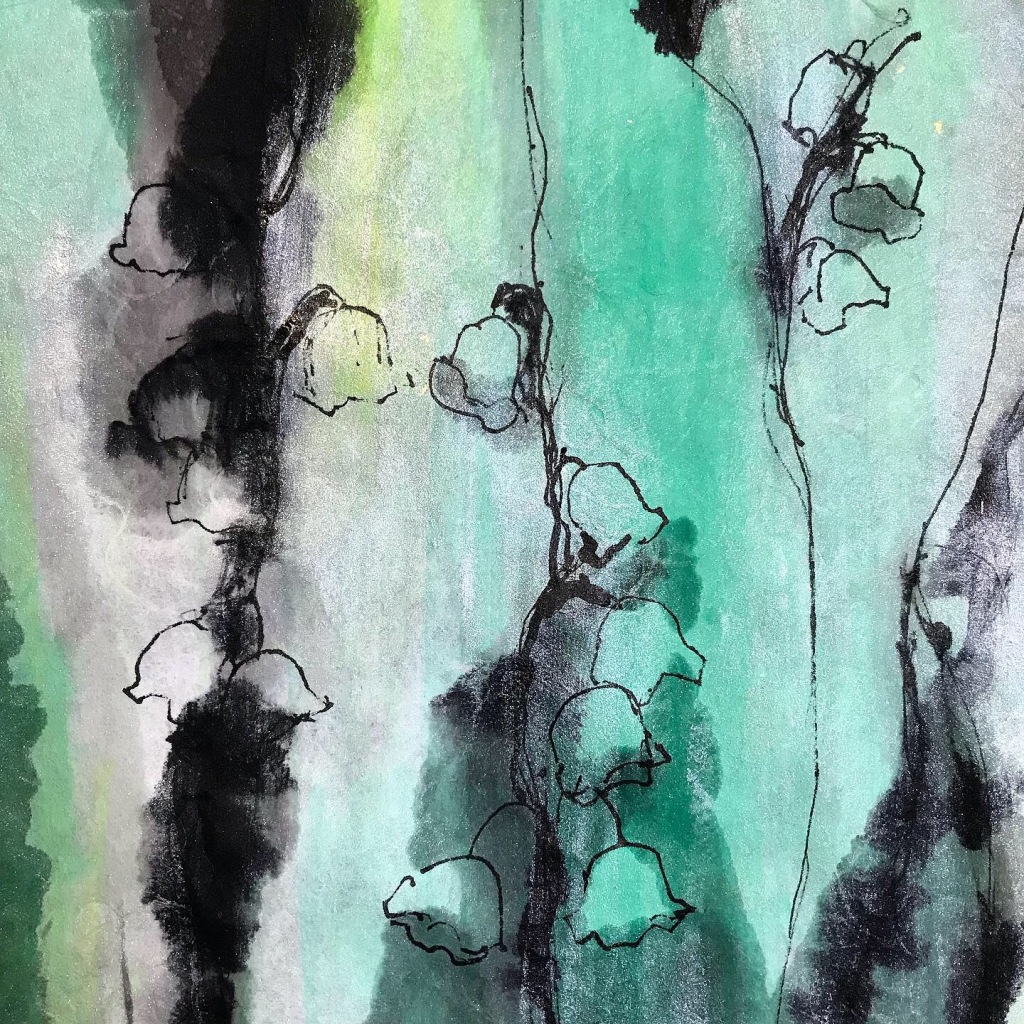
Simple pleasures are still the best ones.
It will be fun to explore, more in depth, the concepts and creative initiative happening at IG live. I look forward to sharing on both of these platforms.
With love & blessings,
Dawn
